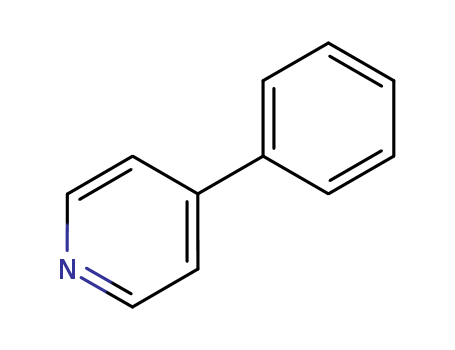10.1016/j.ica.2009.12.033
The research aims to synthesize and characterize a series of rhodium(III) complexes containing the 1,2-naphthoquinone-1-oxime (1-nqo) ligand and different pyridine-type co-ligands (4-methylpyridine, 4-phenylpyridine, and 4-acetylpyridine). The purpose is to investigate their electronic transition behaviors and electrochemical properties. The study employs various characterization techniques, including single crystal X-ray crystallography, mass spectrometry, 1H–1H COSY NMR, FT-IR, UV–Vis absorption spectroscopy, and cyclic voltammetry, as well as theoretical calculations using DFT and TD-DFT methods. The key findings include the identification of metal to 1-nqo ligand charge transfer (MLCT) and chloride to 1-nqo ligand charge transfer (LLCT) transitions in the UV–Vis spectra, and the observation of irreversible, metal-localized two-electron reductions in the cyclic voltammograms. The research concludes that the electronic properties of these complexes are influenced by the nature of the pyridine-type co-ligands, with changes in their electron-donating ability affecting the energy levels of the triplet orbitals and the reductive potentials of the complexes.



 Xi
Xi


